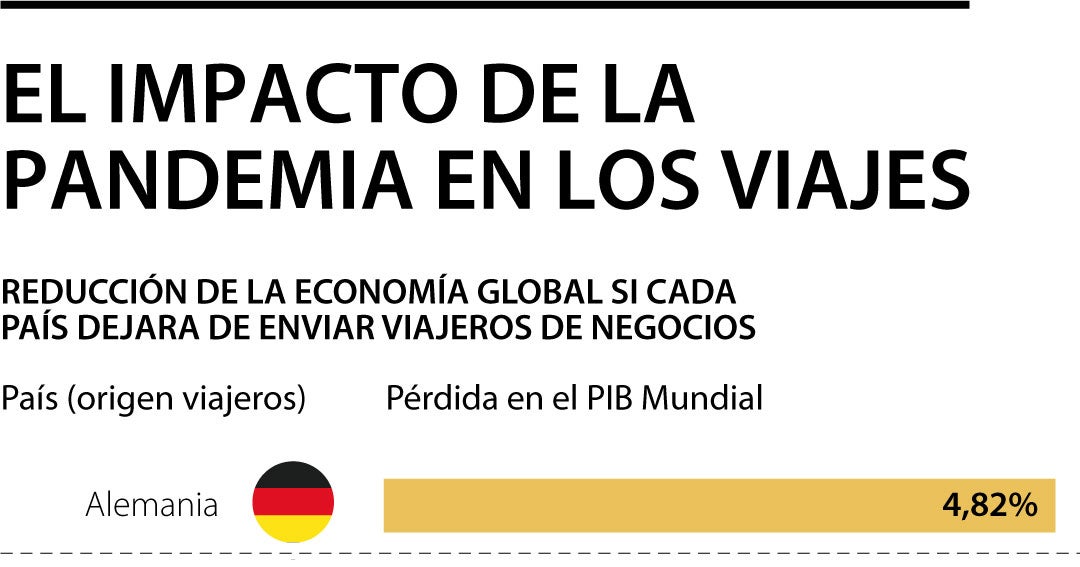Since March 21, 2020, passage through the world’s largest land border has been restricted. Since then, transit is only allowed to essential workers in the supply chain and to people who by force majeure require to enter the United States or Canada. This restriction, which has been renewed every month, seems to be far from being withdrawn, and there is still no estimated timetable for the reopening.
At first, the main fear was the high rates of contagion in the United States, however, the increase in cases in Canadian territory today generates a greater alert. For the first time since the pandemic began, Canada has registered more new cases per million inhabitants than those detected by its neighboring country.
This situation is mainly explained by the advance in vaccination in the United States. There, 42% of the population has received at least one dose against covid-19, while 29% of the inhabitants have been fully immunized. On the Canadian side, these indicators are 25% and 2.4%, respectively.
At the moment, Canada maintains one of the strictest regulations in the world in relation to international travelers. People entering the country, nationals or foreigners, must remain in isolation for 14 days. Additionally, those who enter through any of the air terminals must spend the first three days in isolation in a hotel selected by the authorities, the cost of which amounts to US $ 1,600 per person.
Such regulations have not affected bilateral trade with the United States, the destination of more than 70% of Canadian exports, but it is estimated that the income from tourism and other sectors dependent on international travelers have fallen by US $ 15.6 billion in one year.
Niagara, one of the most frequented places in the country by the presence of the falls, received last year only 36% of the 14 million visitors it usually hosts. In that area, the hope of reactivation lies in vaccination and rapid tests at the border.
“That will give all the confidence to travel and re-experience what we are used to,” said Janice Thomson, president of the Niagara Falls Tourism Association.
This issue has become a real headache for the federal government. On the one hand, the tourism and business sector calls for clarity on the plan to reopen the border, and for the requirements to be made more flexible. On the other hand, the conservative party, which leads the opposition, demands even more controls.
“The government needs to secure the border by stopping flights from all ‘hotspot’ countries and perhaps all international travel temporarily until we can rectify and make our border more secure,” insisted Conservative leader Erin O’Toole.
Although it is clear that restrictions are justified Due to the need to control the spread of the virus, it is also true that the closure of the land border and restrictions on those who travel by plane are having a significant impact on the economy.
Business trips, whether to close deals or verify the quality of processes first hand, are practically over. International buyers are not willing to extend a trip that previously took two or three days by two weeks. Similarly, Canadian executives and businessmen have had to reduce these displacements to a minimum, since the measures also apply to them once they return to the country.
This impact, far from affecting only the Canadian economy, would also be having an impact on the rest of the globe. A study recently carried out by Harvard University, and led by Professor Ricardo Hausmann, found that if Canada stopped sending business travelers for an entire year, the loss to the global economy would be 1.23%, an impact greater than that the world GDP would have if the United States made the same decision, since, for that case, the reduction in the economy would be equivalent to 1.07%.
For now, Canada hopes to advance vaccination at a faster pace and reach universal coverage by the end of the summer.
– .


